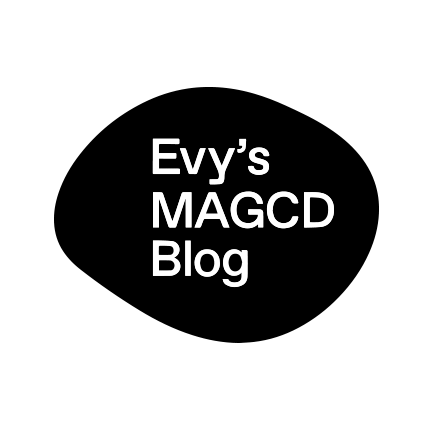My initial approach to interpreting the reference has been to adopt a forensic mindset in exploring objects, their forms and what they represent. I have started by cataloguing all the elements I interact with on a regular basis, that is up to May 2023.
I’m interested in exploring the role of graphic design in preserving, translating and transmitting material culture through a time of increasing dematerialisation.
I’ve used 2 techniques to produce the tracings. First, direct tracing, which aims to respect the original size of the object and shed light on the relationship between form and size when interpreting a visual. Second, indirect tracing, a piece of perspex which serves as an interface to interpret the perceived visuals into a concise and manageable size.
In this way I have been reflecting about:
- The transitory nature of objects, their use and cultural meaning.
- The possibility of using a collection to explore materiality and the rapid changes that the every day is having at the hand of new technologies and unifying devices such as the smartphone.
From collecting to cataloguing. This initial process led me to a rigorous approach of collecting visual data and interpreting through different lenses:






After collecting the initial traces, I started reading more about the subject and encountered the work of Paul Elliman. I was really curious about the way he approaches collections as narrative pieces to talk about the relationship between humans and industrialisation. This inspired me to look beyond the obvious layer of objects I had been recording so far, and look into creating a second collection of “debris” or random found objects which where once part of something but now laid around without a particular use or purpose. To document this new set I used my phone scanner as it proved a quick and reliable way to capture the pieces.
By recording this shapes I was pushed to think beyond the realm of literal representation and consider the actual associations and formal qualities of these objects beyond their use.






03 Language Studies –
I wanted to explore how the formal characteristics of these traces could be reinterpreted into new “object” representations. Basically using the original tracing as building blocks for a new sort of vocabulary. By using subtle variations in colour, composition and shape, I aimed to build related characters in a systematic way.



